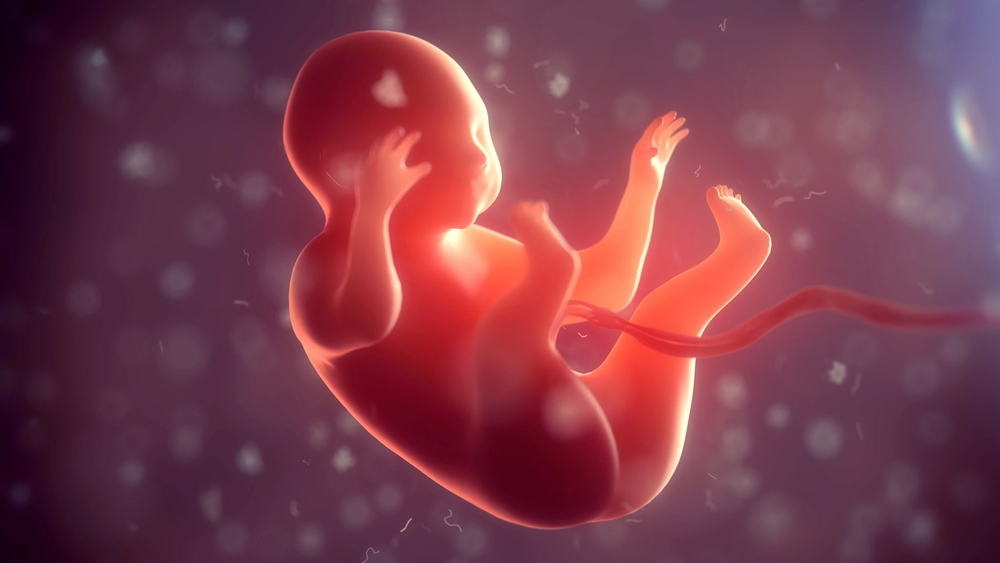Contents:
- Medical Video: Acute Lymphoblastic Leukemia in Adults - Mayo Clinic
- Causes of acute lymphoblastic leukemia
- Risk factors for acute lymphoblastic leukemia
- Treatment for acute lymphoblastic leukemia
- Remission induction therapy
- Consolidation therapy
- Treatment therapy
- Preventive care to the spinal cord
Medical Video: Acute Lymphoblastic Leukemia in Adults - Mayo Clinic
Acute lymphoblastic leukemia (ALL) is one type of blood cancer that develops very quickly and suddenly. As many as 80 percent of ALL sufferers are children who are usually less than 5 years old. This condition is not known exactly the cause, but there are some guesses that can be used as a cause.
Causes of acute lymphoblastic leukemia
Acute lymphoblastic leukemia occurs when bone marrow cells are wrong in developing DNA. This condition can cause healthy cells to stop developing and die. However, the infected cells will grow and divide stronger.
When this happens, blood cell production becomes abnormal. Bone marrow produces immature cells that develop into white blood cells that are abnormal and are called lymphoblasts. These abnormal cells cannot function properly and can inhibit healthy cells.
It is unclear what causes DNA mutations that can cause acute lymphoblastic leukemia. But doctors have found that most cases of acute lymphoblastic leukemia are not genetically inherited.
Even so, there are several risk factors that can increase acute lymphoblastic leukemia.
Risk factors for acute lymphoblastic leukemia
The main risk factors for this condition are high amounts of radiation and benzene exposure. Radiation can come from air travel. Someone who has spent more than 5,000 hours on a plane has a higher risk of developing this condition, because altitude during flight can increase exposure to solar radiation.
Benzene is a chemical found in crude oil, petroleum and many solvents and plastics. It can also be found in cigarette smoke, which is one of the factors that connects acute lymphoblastic leukemia and smoking.
In addition, previous cancer treatment and genetic disorders, can also increase risk.
Children and adults who have had certain types of chemotherapy and radiation therapy for other types of cancer may have a higher risk of ALL. About 1 in every 20 cases of lymphoblastic leukemia is thought to be caused by a genetic disorder, such as Down's syndrome.
In addition, having siblings, including twins who have experienced acute lymphoblastic leukemia also increases the risk of this condition.
Treatment for acute lymphoblastic leukemia
The choice of treatment will depend on the type of lymphoblastic leukemia and the age and general health history of the patient.
In general, the treatment for acute lymphoblastic leukemia consists of four phases:
Remission induction therapy
The aim of the first phase of treatment is to kill most of the leukemia cells in the blood and bone marrow. This therapy aims to restore normal blood cell production. Remission is a term when there are no leukemia cells in the blood or bone marrow.
Consolidation therapy
Consolidation therapy is also called post-remission therapy, which aims to destroy leukemia left in the body, such as in the brain or spinal cord.
Treatment therapy
To prevent leukemia cells from growing again. Treatments used at this stage are often given in much lower doses over a long period of time, often years.
Preventive care to the spinal cord
During each phase of therapy, people with acute lymphoblastic leukemia can receive additional treatment to kill leukemia cells located in the central nervous system. In this type of treatment, chemotherapy drugs are often injected directly into the fluid that covers the spinal cord.
Depending on your situation, the treatment phase for acute lymphoblastic leukemia can reach two to three years. Treatments for acute lymphoblastic leukemia include:
Chemotherapy
At each stage, chemotherapy is carried out, which is given intravenously (drug administration through a vein) or a venous catheter. Chemotherapy is used to kill cancer cells.
However, these chemicals may not reach the brain or male testicles. Meanwhile, leukemia can affect both of these areas, so to reach intrathecal injection, which is an injection that is carried out directly in the spine.
Radiotherapy
Radiotherapy uses high-powered rays, such as X-rays or protons, to kill cancer cells. This treatment will be recommended by a doctor, if the cancer cells have spread to the central nervous system.
Bone marrow or stem cell transplant
Stem cells can be used as consolidation therapy in people who are at high risk of relapse or to treat relapsing leukemia.
Bone marrow transplantation begins with high-dose chemotherapy or radiation to destroy the bone marrow that produces leukemia. Marrow is then replaced by bone marrow from compatible donors (allogeneic transplants).
Transplants usually come from donors, but sometimes patient cells themselves can be used. That depends on the type of leukemia.
For each treatment the risk of bleeding is quite high, this is caused by a decrease in platelet counts in patients with leukemia.













